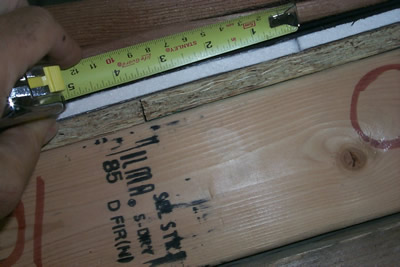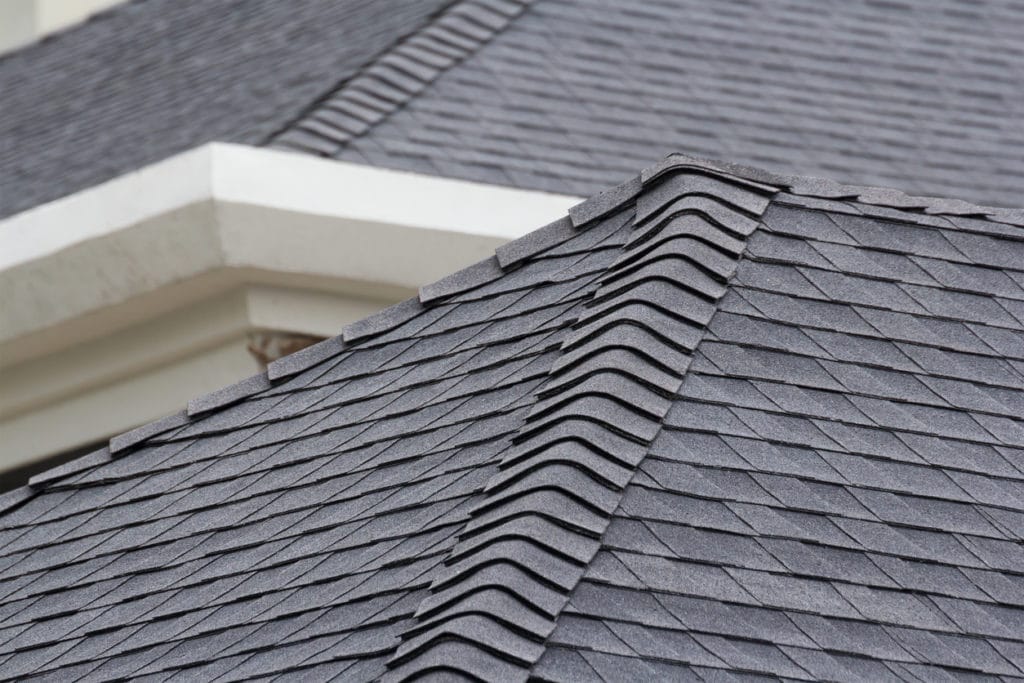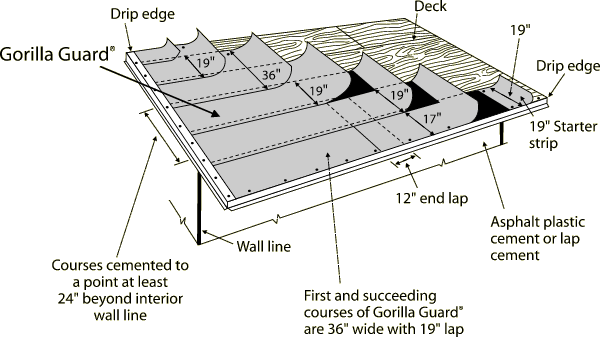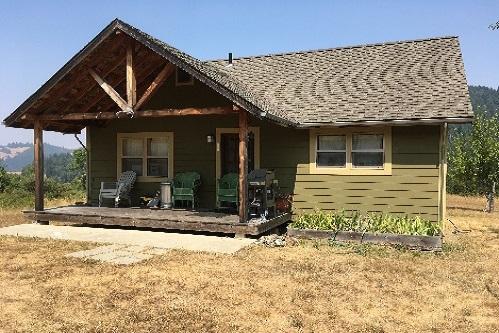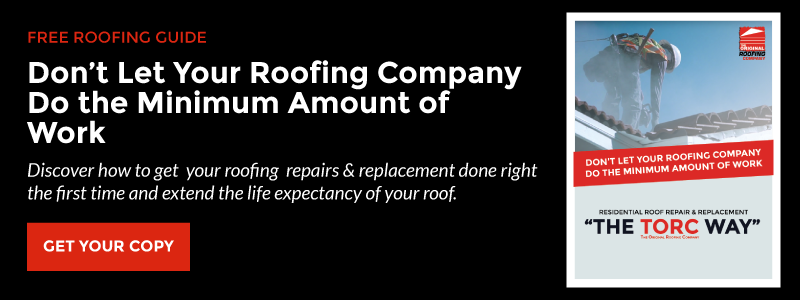Building code fire resistance requirements building codes establish fire resistance requirements for roofs based on the type of construction e g concrete steel wood for the building.
Fire retardant roof covering class c.
The slope of the test specimen is preselected and since steeper slopes are more of a challenge due to melting material feeding the fire the rating applies to the maximum slope passed.
Fire resistant roofing materials have specific classifications.
The astm e 108 ul 790.
Obviously since wildfires and the fire season has become increasingly worse it is important to note the roofing materials that are the lowest rated.
Class b fire retardant treatment is effective against moderate fire exposures.
An unrated roof is the most vulnerable the most common example of an unrated roof covering is one made using non fire retardant treated wood shakes or shingles.
Class c roofing materials.
The underlying gypsum glass fiber panel densdeck material provides additional protection and is required for the class a rating.
Tested roof systems are fire classified class a b or c where the most fire resistant roof assemblies are class a and class c is least resistant.
Class a is the most fire resistant and should be the.
In this case the fire retardant treated shake is a stand alone class b covering.
Class a b c roof coverings class a b or c roofing systems are sometimes confused with class a b c i ii iii flame spread categories above.
Under such exposures roof coverings of this class are not readily flammable afford a moderate degree of fire protection to the roof deck do not slip from position and pose no flying brand hazard.
The fire rating of a roof covering is either class a class b class c or unrated.
For example shake roofing with a fire retardant treatment rates class b on its own but achieves a class a rating when combined with specified underlying materials such as type 72 roll roofing material.
It means how your roof performs in a fire on the exterior of your property where coverings are installed on a non combustible or combustible deck.
The rating is determined by a set of fire tests in a simulated fire.
How fire resistant is your current roof.
Fire retardant surface coatings and other building materials.
If wood shakes and shingles are impregnated with fire retardant chemicals they meet the requirements for a class b fire rating and can meet a class a rating if additional materials are included in the roof assemblies.
The tendency is to assume that class a roof systems have a class a flame spread and so on but there is no correlation.
The maximum flame spread is 6 feet for a class a rated roof 8 feet for class b and 13 feet for class c.
Wood shake plywood or particle board roof are the most common roofing types listed as class c.
Class c fire resistant roofing material.




